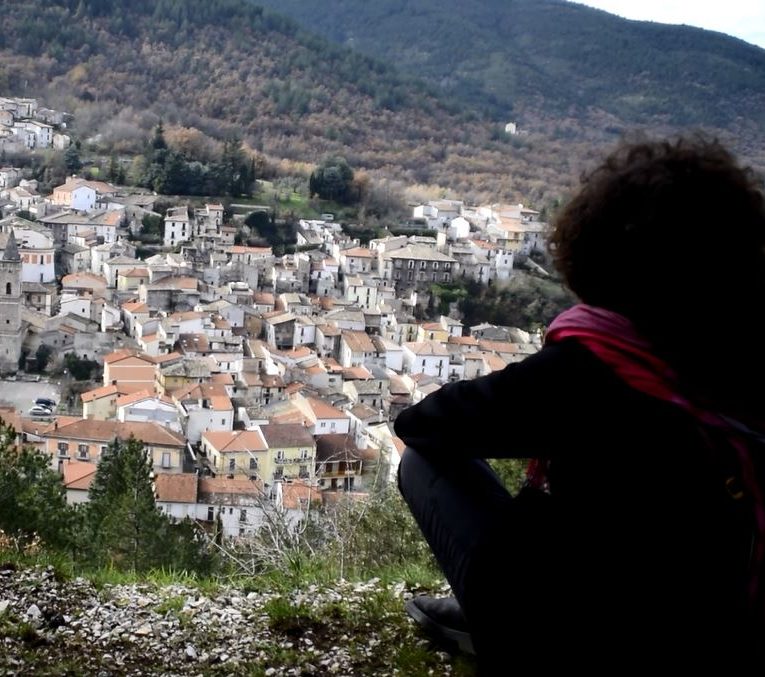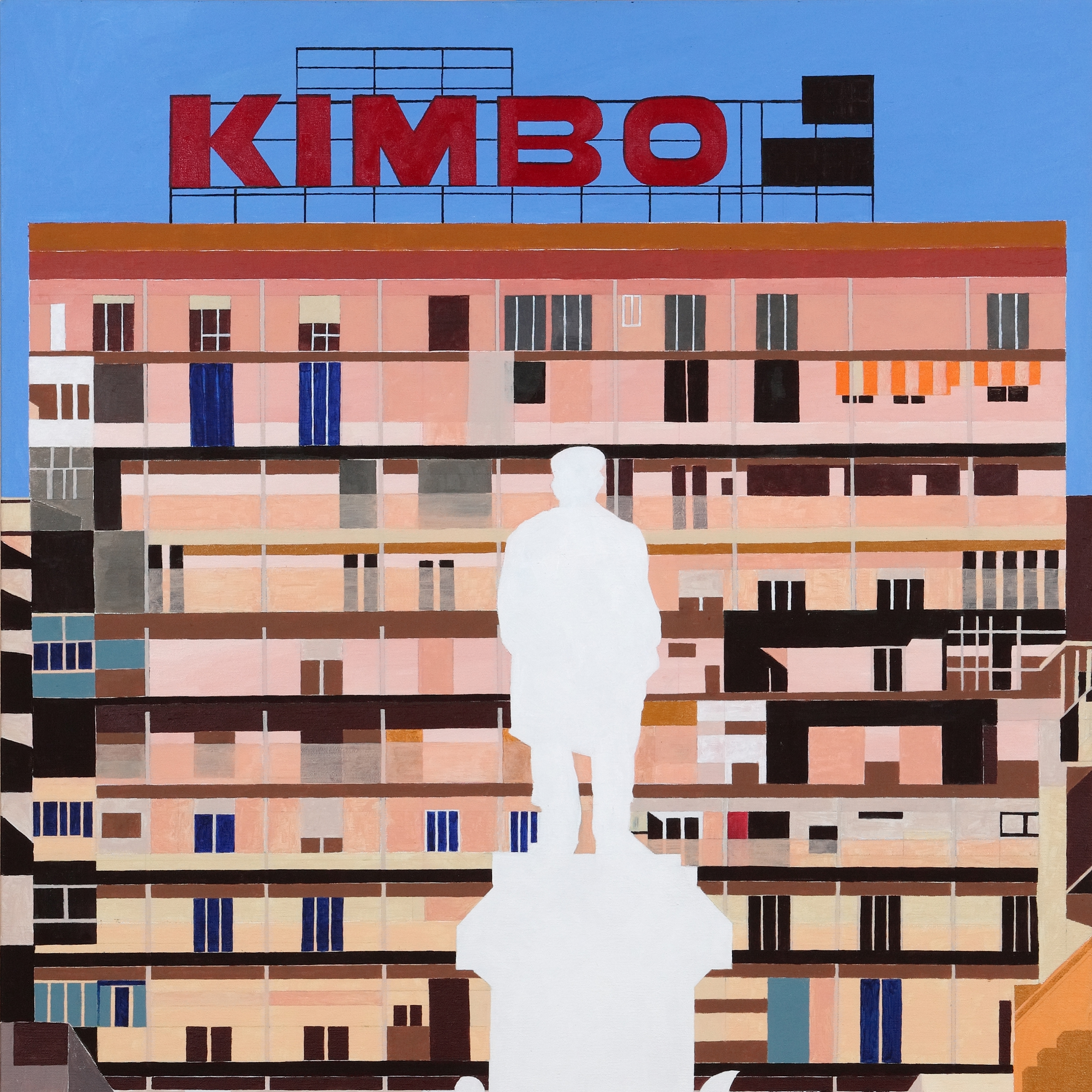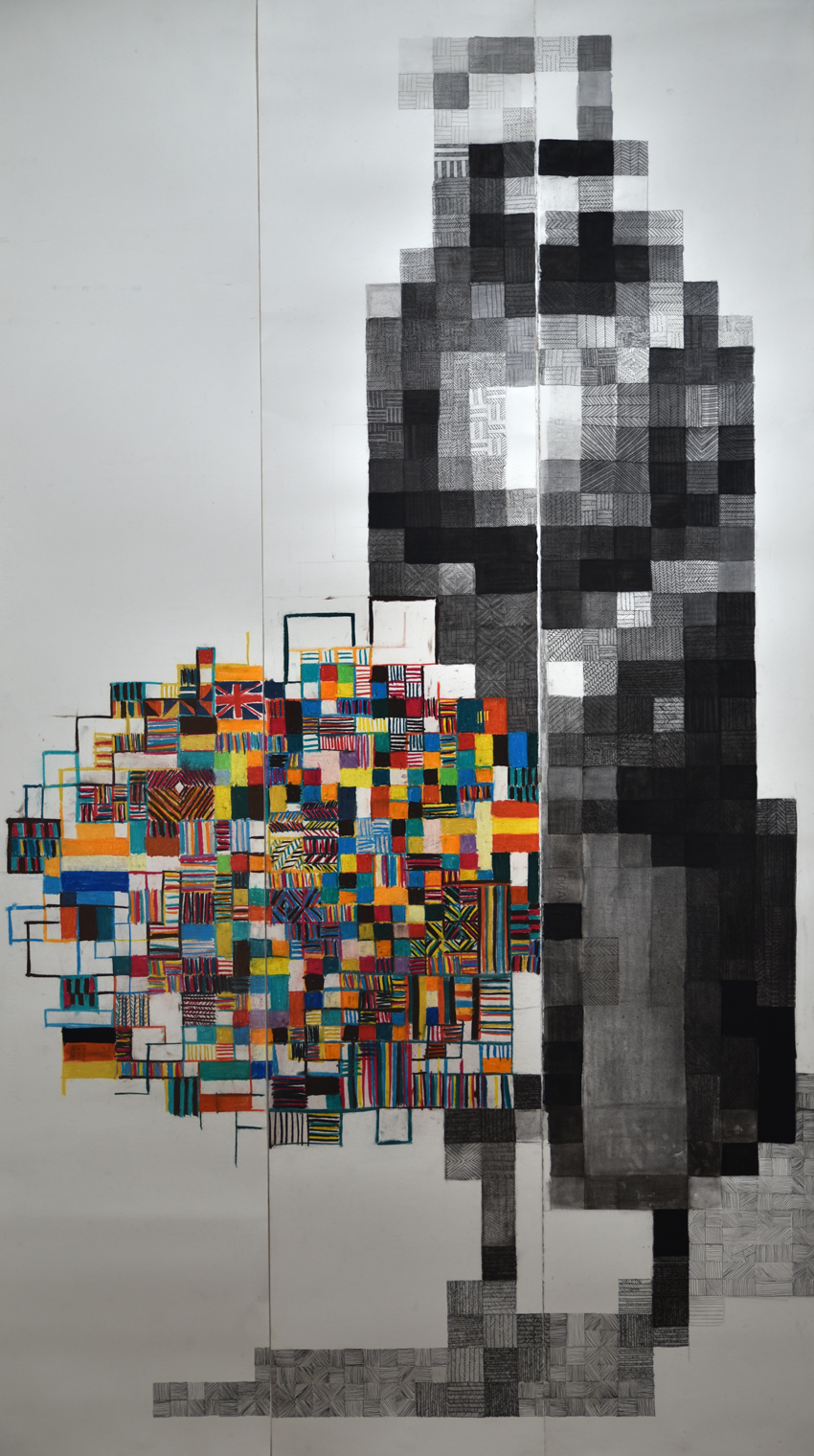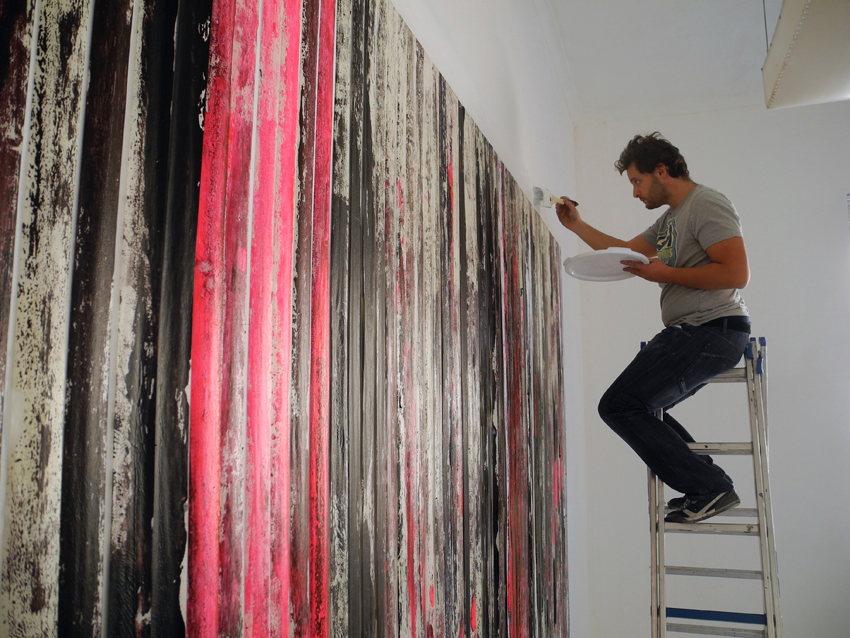Exhibition/Event curated by the Centro Luigi Di Sarro and presented by the Istituto Italiano di Cultura in Pretoria in collaboration with Rainbow Media. Sponsor: HIP Hellenic Italian Portuguese Alliance – Italian Section e Associazione Abruzzo Sudafrica.
Thursday March 9, Circa/Everard Read Gallery, 6 Jellicoe Ave, Rosebank, Johannesburg.
A visionary, hyperconnetted, contemporary dream. The Istituto Italiano di Cultura di Pretoria supports young italian artist in Sud Africa and present the exhibition/event titled FOOTPRINTS by VALENTINA COLELLA a collateral event of the bigger project ‘ARP – Art Residency Project 2015-2017’, by Centro Luigi Di Sarro in Rome, that has planned the residency of the artist in Cape Town for February and March 2017.
The show is made up of three parts: the first one is focused on Abruzzo, Valentina Coltella’s homeland, and presents a video shot in Campo Imperatore; the second displays a multimedia piece in which a route is traced starting form her town, Introdacqua near Sulmona, up to the mountains till a shelter overlooking the Peligna Valley. Then the route is transferred on the map of the same town indicating some topical points, corresponding to some places which are fundamental for the local residents. Each of this points is accompanied by pictures with latitude and longitude coordinates so allow the visitors to locate the places on GPS. The third and last part is the pictorial one, composed by 9 works on paper with studies on essential forms of the earth, the sky and the flight between the two spaces.
Valentina Colella is a concettual artist who expresses herself with different media, as paintings, drawings, installations, video and photos. After completing her studies, she started an in-depht analysis of scenarios referring to the concept of opposition intensified by the various tranfers from the reality to digital. She draws her inspiration from nature and the landscape surrounding her. That landscape is that of Abruzzo, so beautiful and wild, but deeply devastated by telluric episodes and unusual meteorological happenings in recent times. Colella exhibited her work in London, Cologne, Rome, Argentina, Taiwan. With her project “Learning”, Valentina has been selected for the ARP-Art Residency Project to a 6 week residency in Cape Town.






























